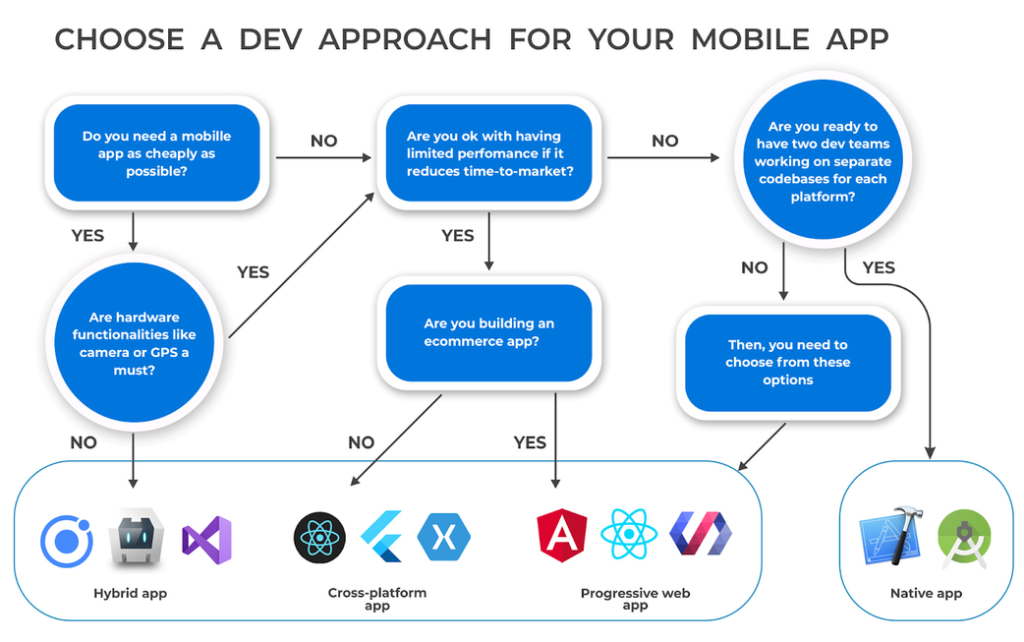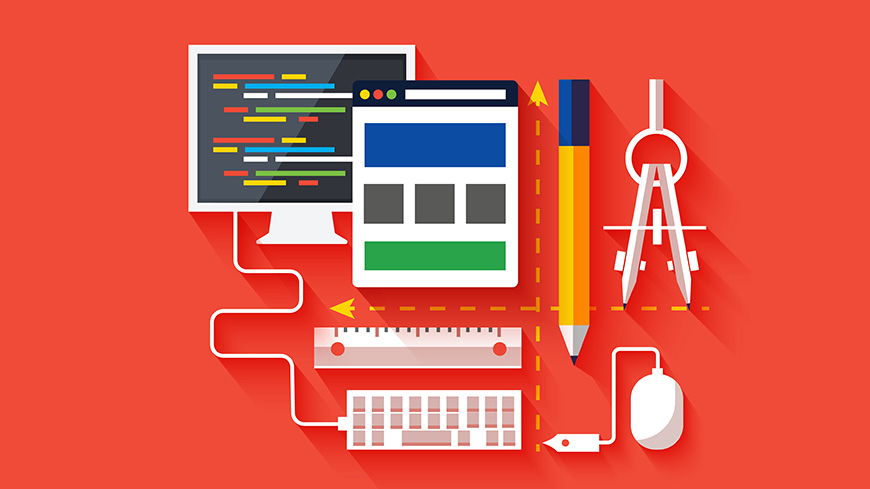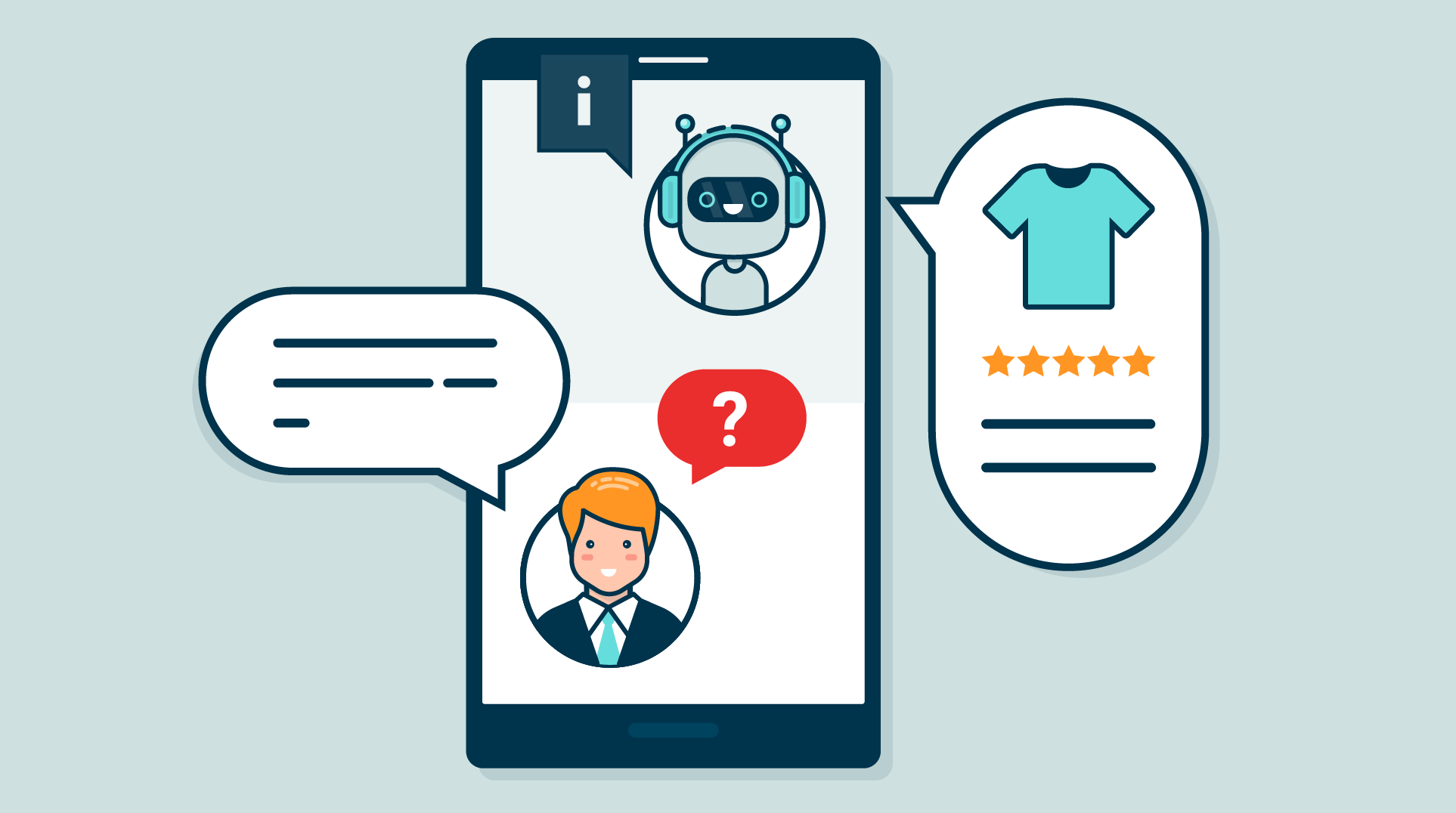This question of eCommerce app cost is the top one the first-time startup initiators usually ask. Unfortunately, the only one-fits-all answer this question has is “it depends”, so let’s discover the crucial factors that affect eCommerce development price, compare the opportunities, and make a preliminary development estimate being guided by our practical experience.
eCommerce App Development Cost Depending on the App Type
There are a lot of factors affecting the eCommerce app development cost but the type of the application you are going to create is the main one. Let’s overview and compare the opportunities so that you can make a fully informed choice and plan your development budget more accurately. So, there are three options to choose from – a web application, a native mobile app, and a cross-platform solution.

- A web app. Creating a web application for your eCommerce store is the most intuitive option to get started with. Choose it if your target audience is more used to shopping from the desktop or if you would like to evaluate the demand in advance with the help of a simple landing page, PPC, and social media advertising.
- A mobile app. Creating a mobile app is a more promising and value-driving idea compared to building a usual website. Indeed, the eCommerce mobile app development cost will also be higher compared to website creation. However, you can optimize the development budget by choosing the higher-priority operating system or using more advanced mobile development technologies, like Kotlin Multiplatform, for example. Depending on your users’ preferences, you have to either choose between Android or iOS eCommerce development or create two separate native apps.
- Android mobile app. Compared to iOS, an Android mobile app is easier to create, and the eCommerce Android app price will also be lower.
- iOS mobile app. And vice versa, the eCommerce iOS app price will be higher compared to an Android one since the App Store has more technical requirements the developers should comply with.
- A cross-platform app. Cross-platform application development combines the best of both worlds. It allows for building a native-like app that will be used from the browser but adjusts its UI automatically, depending on the OS it is accessed from. Cross-platform app development can also be a great idea for eCommerce, especially if you choose Flutter for this goal.
Long story short, a cross-platform eCommerce app promises an opportunity to quickly validate your idea at an affordable cost, cut time to market, and deliver the app with a close-to-native shopping experience.
eCommerce Development Stages and Their Possible Cost
eCommerce development can never be an instant process. Instead, it takes place step by step, and each of the development stages may cost more or less depending on the time the developers and related tech specialists have to spend on it.
So, let’s review the eCommerce development stages one by one, and make an approximate estimate of their possible cost.
- Market research and idea validation
This is the first step eCommerce development begin with. Despite eCommerce being a trendy and fast-growing industry, you still shouldn’t skip the stage of Business Analysis, market research and idea validation. At this step, a Business Analyst will review the current state of your business, take an unbiased look at the market you are going to enter and get started with software requirements specifications. Usually, this stage takes up to 100 hours and may cost $5,000.
- Prototyping
After your eCommerce development idea is validated and SRS is ready, you can proceed with prototyping your future solution. Usually, at this stage, the team of two-three designers works on finding a design solution, prototyping your future app screen by screen, and creating seamless UI/UX. This eCommerce development stage also takes up to 100 hours, depending on the number of iterations and adjustments made.
- MVP development
The stage of creating a Minimum Viable Product is the most time and money-consuming. At this point, the eCommerce developers will have to create both the front and backend of your future app, embedding such a feature set that will be enough to make your solution workable but not enough to overload it with extra functionality.
Below is a quick list of basic eCommerce features you have to create for a well-validatable MVP:
- Log-in/sign up
- User profile
- Search and filters
- Shopping cart
- Checkout
- Payment system integration
Depending on the complexity of the project, the technologies you use for front and backend development of your future app, and the skillfulness of your developers, this stage may take up to 500 hours.
- QA and testing
The stage of Quality Assurance and testing is another time and money-consuming one, following MVP development. As a rule, the companies spend nearly 25% of their development budget on the QA and testing processes so you can estimate the cost of this stage, being guided by the figures spent on the previous stages. As for the time estimate, usually, QA and testing take up to 100 hours in eCommerce projects, plus a lot of user scenarios can be automated.
- Marketing, Support, and Maintenance
After your eCommerce website is launched, get ready for recurring costs for the application support and maintenance. Plus, a lion’s share of an eCommerce startup budget usually goes to marketing and promotion since eCommerce competition is fierce regardless of the niche.
Usually, the companies invest 7-8% of their revenue in marketing strategies, so the final figure you have to spend on promotion directly depends on the profit you make. As for the eCommerce app support and maintenance, it takes up to 50 hours on average.
The Approximate eCommerce Development Cost Breakdown
Below is the average cost to develop an eCommerce app estimated stage by stage and using $50 as an hourly rate for a tech team member.
| Hours | Cost ($50 per hour) | |
| Business Analysis | 100 | $5,000 |
| Design | 150 | $7,500 |
| Frontend development | 200 | $10,000 |
| Backend development | 300 | $15,000 |
| QA and testing | 200 | $10,000 |
| Integrations | 100 | $5,000 |
| Support and maintenance | 50 | $2,500 |
| Total cost to create an eCommerce app | $55,000 |
The Main Factors Affecting the Cost to Create an eCommerce App
The cost breakdown we have shared above is pretty approximate and reflects the possible cost of an eCommerce app created in a fully custom way. However, there are additional factors that affect the final price to build an eCommerce solution, so let’s find out more about them.
The way you hire your eCommerce development team
There are three ways to hire an eCommerce development team but not all of them are equally cost-effective and come with the best price-quality ratio. For example, hiring a tech team in-house is the most expensive tactic but in exchange, you get full control over your team.
Gathering a freelance development team, in turn, is the strategy that allows for saving the development budget but running a development process remotely, and managing and controlling it can be a huge challenge.
Partnering with an eCommerce development vendor, like Idea In You, is the smartest tactic you are welcome to consider. In this case, you will be able to reuse their life-proven practices, tips, and insights, plus get started instantly since a tech team is already gathered and can be fully dedicated to your project.
The location of your team and their hourly rates
The location of your development team also matters since their hourly rate directly depends on the country they are living in. For example, the cost to hire eCommerce developers in the US can reach up to $150. Their hourly rate in Western Europe is approximately $100 per hour, while the cost to hire an eCommerce developer in Easter Europe is $50-80 per hour, depending on the project complexity and the core technology behind it.
The content management system you choose
There are several content management systems to choose from, and each of them differs in their features set and cost. For example, WordPress is the first option that comes to mind, and this CMS can be pretty suitable for small to medium eCommerce projects, while the cost to use it is more than affordable.
However, there are more advanced solutions that are better suitable for enterprise-level eCommerce development. Magento is one of them. This software comes as a platform as a service (PaaS) and allows for creating highly customizable, easily scalable, and well-secured eCommerce websites.
Idea in You tech geeks are highly skilled with Magento development and would be happy to tell you more about it during a personal consultation
How to Optimize Your eCommerce Development Cost
So, the cost to build an eCommerce app can be pretty high, especially for the startups on a budget. Below are life-proven tips on how to optimize the eCommerce development price without risking the quality of a final product.
- Hire remotely. Remote hiring is a top option for cost-cutting. It allows for saving up to $11,000 per employee per year, plus avoiding spending on rent and equipment. Our remote development team can get started with your eCommerce project right now.
- Hire a team with specific expertise. Before hiring a remote development team, make sure they have enough experience in eCommerce development and can successfully handle a technology you consider winning for your project.
The Idea In You tech team is here to deliver our qualified Magento 2 development services
Get in touch with us now for competent support!
- Get started with cross-platform development and scale the project step by step. If you have long been looking for the leanest tactic to build an eCommerce app, consider cross-platform development. To date, this development strategy comes with the ultimate opportunities for cutting the cost and speeding up the time to market. What’s more, your future app code will be perfectly reusable for the case you will scale it to two native mobile apps.
Conclusion
The final cost of an eCommerce app is project-dependent. However, there are some tips and tricks that allow you to optimize your eCommerce development budget and still get an app of great quality. Partnering with a tech-savvy development vendor would be a smart choice for leveraging the latest expertise and unlocking more winning opportunities.
We, at Idea in You, would be happy to share them.
Ready to give your eCommerce project a boost?









![How to Start an Online Clothing Store [Step-by-Step Guide]](https://ideainyou.com/wp-content/uploads/2022/10/alyssa-strohmann-TS-uNw-JqE-unsplash-3.jpg)





